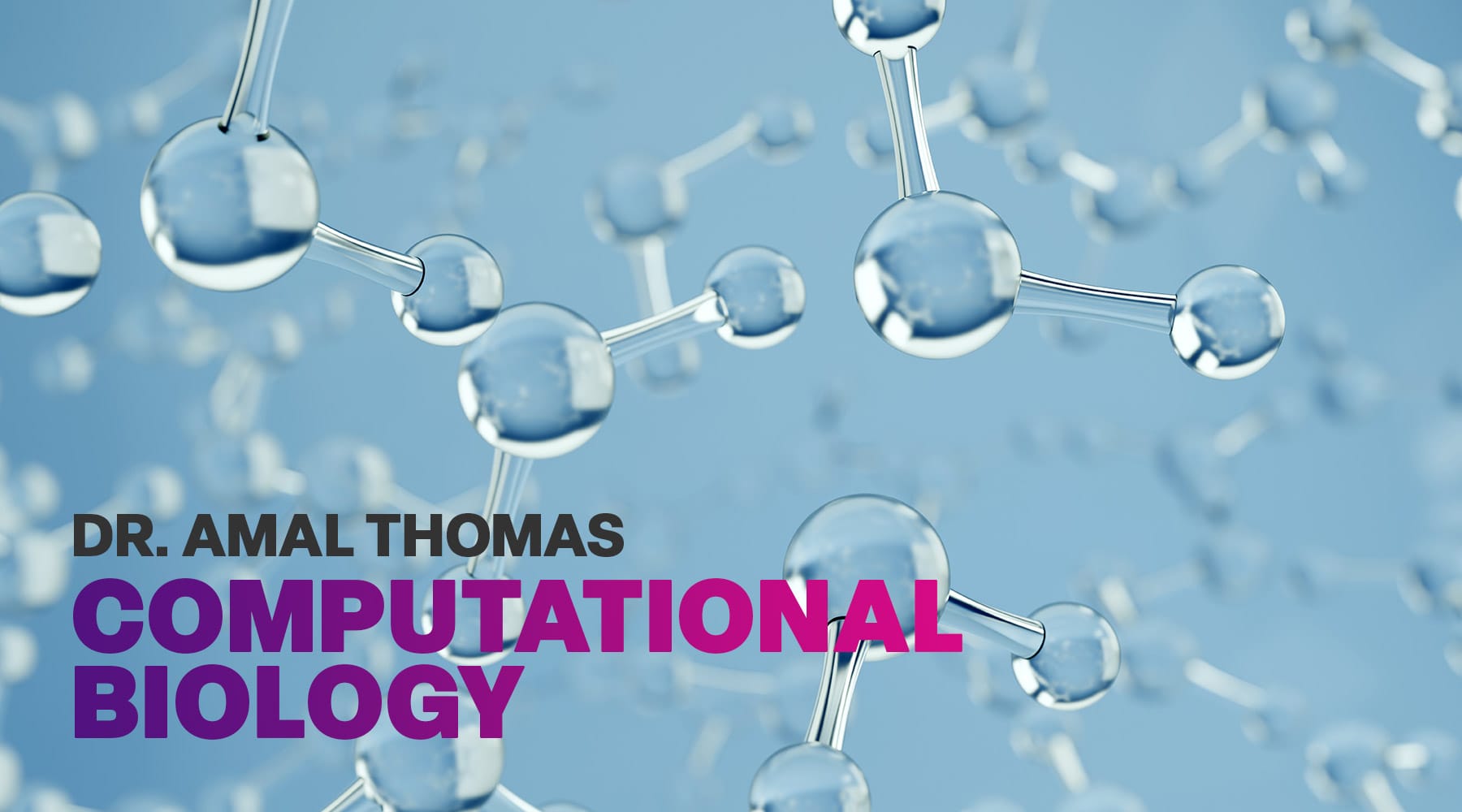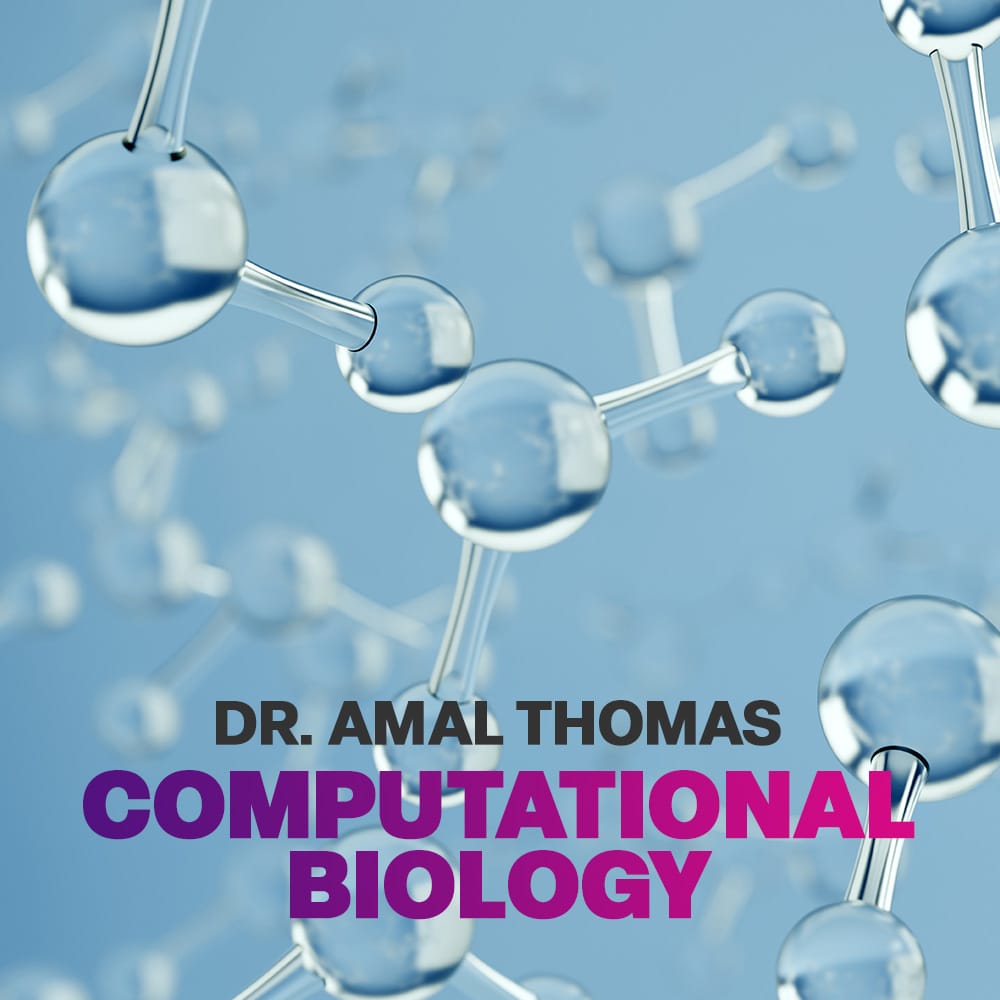Imagine a vast library filled with billions of books. Each book contains a unique story that contributes to the overall narrative of life on Earth. Now, imagine trying to read and interpret all these books in a lifetime. This is the daunting task that computational biologists face in the era of big data. However, with the help of computer science and mathematics, they are making significant strides in understanding the complexities of biological systems.
Computational biology is an interdisciplinary field that has emerged due to the explosion of data in the life sciences. Computational biology combines biology, computer science, and mathematics to develop algorithms, models, and simulations to analyze biological data. With new technologies like next-generation sequencing, hundreds of gigabytes (Gb) of genetic data are generated in a short period of time. To extract meaningful insights from the vast amount of genetic data, we need statistically robust and computationally feasible methods. The ultimate goal is to better understand biological processes at the molecular and cellular level, which can, then, be applied to fields such as medicine, agriculture, and environmental science, driving discoveries and innovations.
In computational biology, it’s important to understand biology to make sense of the data. Simply analyzing large sets of data isn’t enough; we also need to understand what’s happening biologically. For instance, a study might find a gene that’s highly active in a particular tissue, but without knowing what that gene does, it can be challenging to understand why it’s important. So, it’s crucial to combine biological knowledge with computational tools to better understand the data and its significance.
One of the most significant achievements of computational biology is the creation of the first human genome assembly. The human genome comprises over three billion base pairs, making it one of the most complex biological datasets. The Human Genome Project, launched in 1990, aimed to sequence the entire human genome. However, it was not until 2001 that the first draft of the genome was completed. This achievement was made possible by developing new computational methods to assemble and analyze the data.
One exciting application of computational biology is in the field of personalized medicine. By analyzing a person’s genetic information, doctors and researchers can develop tailored treatments that are more effective and have fewer side effects. Computational methods are used to analyze genetic data and identify mutations or biomarkers that may indicate a particular disease or a response to one specific treatment. For example, suppose a patient has cancer. A computational biologist can analyze the patient’s genetic data to identify specific mutations driving cancer. This information can be used to design a treatment plan that targets those specific mutations, increasing the chances of a successful outcome. Additionally, if the patient’s tumor evolves over time and becomes resistant to the initial treatment, computational methods can be used to analyze the new genetic information and identify alternative therapies. In this way, computational biology helps to make personalized medicine a reality by providing patients with targeted treatments tailored to their individual needs and genetic makeup.
In conclusion, computational biology is instrumental in advancing our understanding of biological systems, and its applications are far-reaching, ranging from medicine to agriculture. However, it is important to remember that computational biology does not replace biological knowledge. Instead, it is a tool that allows us to delve deeper into the complexities of life on Earth.
Reference:
The Human Genome Project. https://www.genome.gov/human-genome-project





